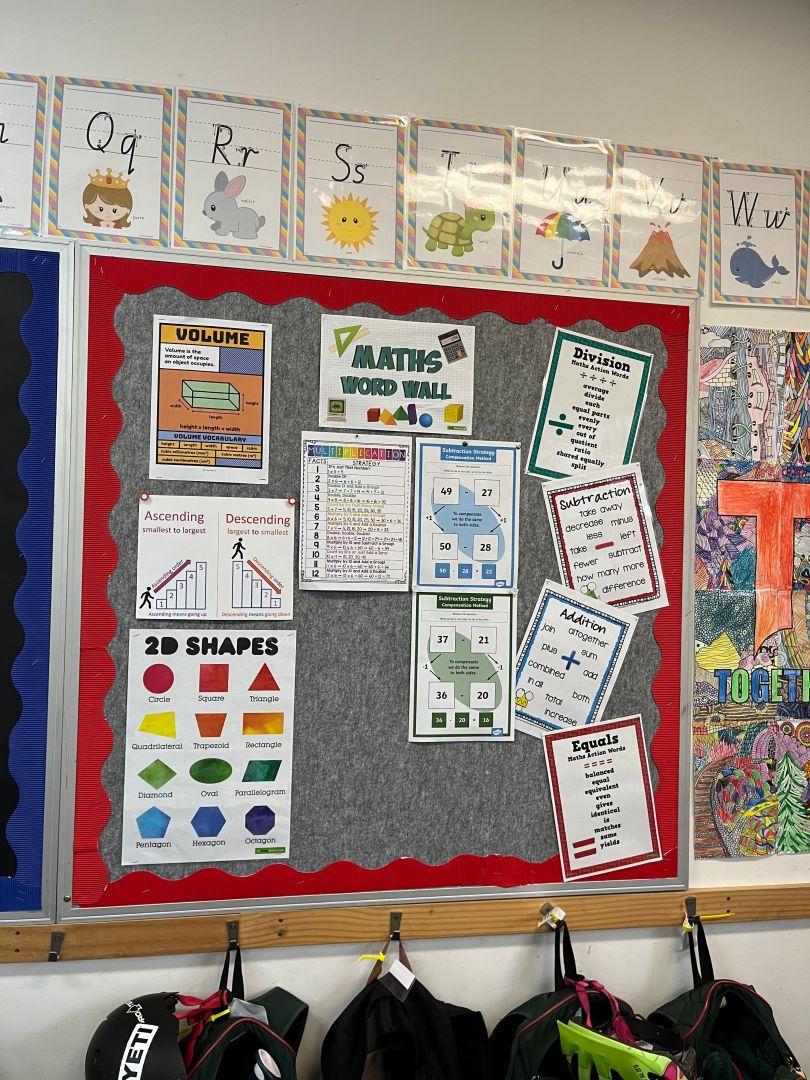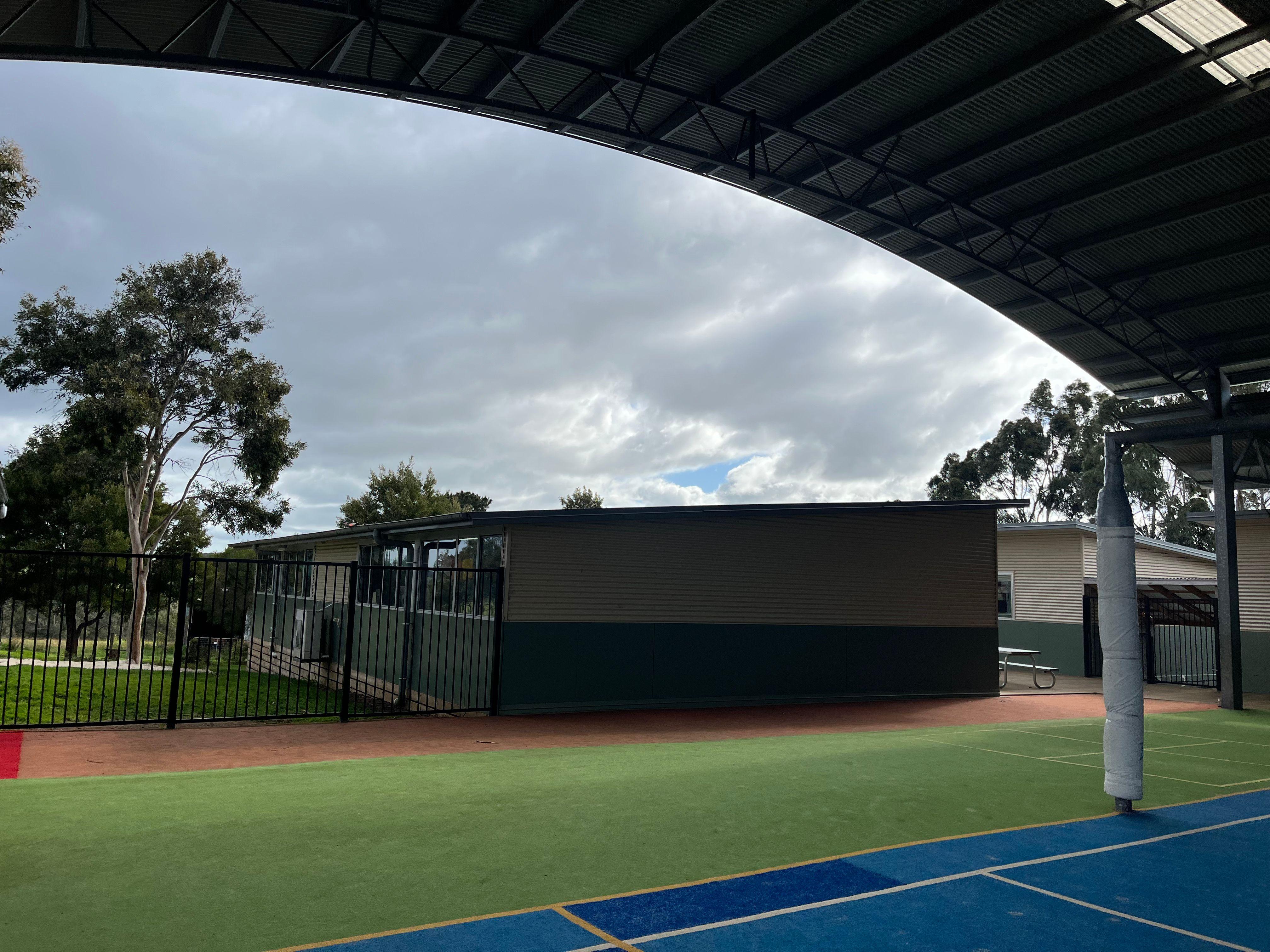YEAR 2 - Bellbrae Primary School
In Year Two we aim to develop critical and innovative learners. We use a wide range of learning materials and resources to develop and support our students. We promote a strong sense of community and belonging with our students. This enables our students to develop and grow in a unique environment that is enjoyable, supportive, relevant and able to offer challenges that empower students to be 21st century life-long learners.
Literacy: In Year 2, we understand how vital literacy skills are to support all learning areas and we consistently use evidence-based methods to ensure all students receive opportunities for optimal growth in this area. Our team works collaboratively to plan and deliver differentiated learning opportunities to develop students’ skills in reading, writing and speaking and listening. Students engage in daily explicit literacy activities and is supported through cross curriculum links.
Explicit teaching of fundamental knowledge and skills is at the forefront of our approach to provide the best possible environment for all students to develop the ability to read, write and understand the rules that govern the English language. We apply strategies based in the Science of Reading. We use a systematic and structured approach to developing student understanding in our daily literacy block. Students engage in explicit learning activities to develop phonological (sound patterns), orthographical (spelling systems) and morphological (structural) awareness through our daily MSL (Multisensory Structured Language) lessons. This supports understanding and application of spelling patterns, rules and origins as well as enhancing student vocabulary. We also explicitly support our students to develop oral reading fluency, build vocabulary and explore comprehension strategies, by responding to texts that build on core curriculum knowledge. Vocabulary and reading comprehension instruction are embedded within a knowledge-rich, text-based curriculum across all year levels at Bellbrae.
In Year 2, students write about what they learn and read across subjects. In explicit writing sessions, we support our students to deepen their understanding of sentence structure, grammatical and punctuation conventions. Again, we are drawing our practice from evidence-based research and are excited by the understanding that our students are demonstrating. We focus on the keys to writing: text generation (knowledge of vocabulary, sentence structure, text structure, audience and purpose, idea generation), executive functioning (attention, organisation, planning, revising), transcription (spelling and handwriting) and working memory (holding on to and manipulating information while planning and executing a writing task). We also use the Seven Steps approach and apply these to our writing pieces.
Maths: Numeracy is delivered daily through the key mathematical strands of Number & Algebra, Measurement & Geometry and Statistics and Probability. Our focus is to provide our students with opportunities to experiment with hands-on materials, within these concepts. We aim to target our students’ learning needs and differentiate learning opportunities responsively. We celebrate the growth mindset of our students in Maths sessions, reinforcing values such as persistence in problem-solving situations. Teachers utilise small focus teaching groups to target each student at their point of need, whilst giving students time to work independently through tasks and support their peers in a collaborative setting. These aspects of teaching numeracy have been developed to give students the tools they need to succeed in real world situations.
A typical one-hour Numeracy lesson in Year 2 looks like this:
*Learning Intentions and Success Criteria displayed and shared with students
*10 minutes – Tuning-In Activity
*10 minutes – Explicit Instruction
*30 minutes – Independent or small group Numeracy Tasks
*10 minutes – Reflection Time
Digital Learning Tools:
iPads: While not one-to-one, iPads are used as a learning tool in Year 2. Students often access resources and platforms to support their learning. Seesaw is the main platform we use to access resources for learning and post our learning for parents to view. iPads allow students to access the Internet, email, electronic books and a wealth of other online tools and resources such as Mathletics, Essential Assessment and Nessy. Students can also produce movies, animations, podcasts and other multimedia products on their iPads.
In Year Two students get to experience a variety of extra-curricular activities including:
- Story Dogs
- Bluearth
- Swimming Program
- Bike Ed Incursion




